Williamstown is a suburb of Melbourne and 11 km southeast of the Melbourne CBD (Central Business District) located on Hobsons Bay, part of Port Phillip Bay at the entrance to the Yarra River. The area, then known as Point Gellibrand was first settled in 1835 when a British sea captain sailed into port Phillip Bay with 500 sheep and found it a suitable place to off-load its cargo. When Governor Richard Bourke visited the emerging settlement at Port Phillip in 1837, they named it Willaims’s Town after King William IV. It served as the centre for port activities until the late 19th century. It was initially considered along with Melbourne and Geelong for the capital of the new colony at Port Phillip. A 30-metre stone jetty was built by convict labour in 1838 where the Gem Pier now stands, used to ferry people and goods between Melbourne and Williamstown and passengers, sheep and cattle to Tasmania. A lighthouse was built at Point Gellibrand in 1840. With the Victoria Gold Rush of the 1850’s, gold seekers began to arrive and Williamstown grew rapidly. In 1855 Fort Gellibrand was built during the Crimean War to guard against possible Russian invasion. By the 1860’s Williamstown was a major port. Williamstown was proclaimed a city in May 1919. Throughout its period of growth many notable colonial and Victoria era buildings were erected, many of which remain today.
Nelson Place & Historical Buildings
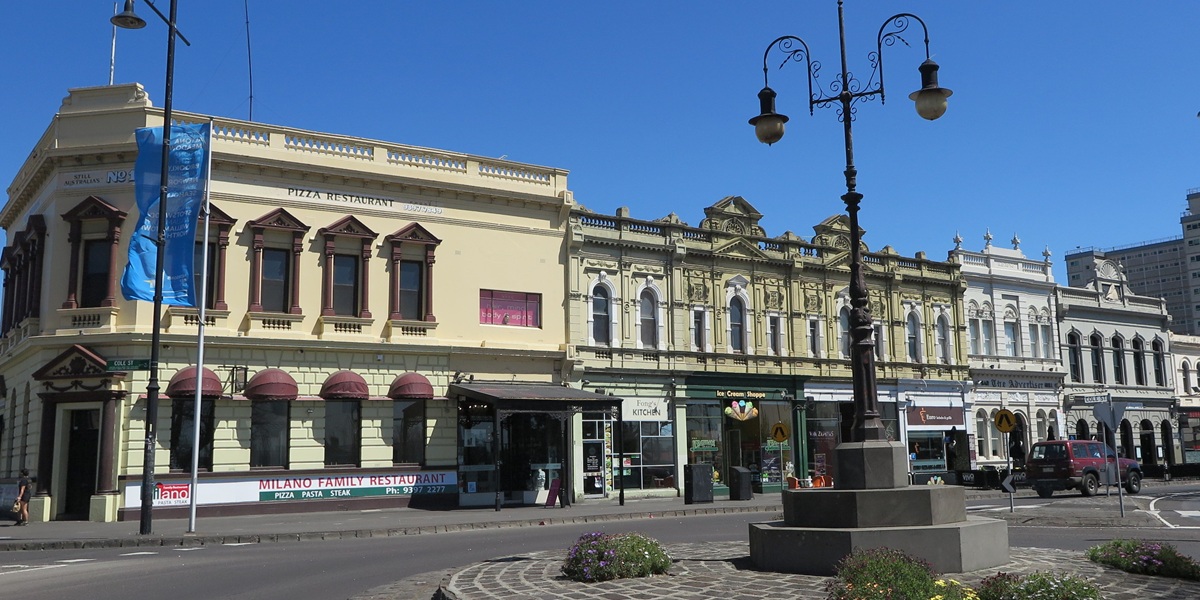
Nelson Place is one of the best known and architecturally interest streets in Williamstown. It is a lively commercial area with shops, pubs, restaurants and some magnificent old buildings such as the Holy Trinity Anglican Church (1874), the former Customs House (1873), the former Williamstown Post Office (1860), Commonwealth Reserve with the Tide Guage House (1855), Wilkinson Drinking Fountain (1876) and the anchor of the HMVS Nelson.

There were also many historical buildings along Cecil Street & Electra Street, many built from bluestone and most remain today.
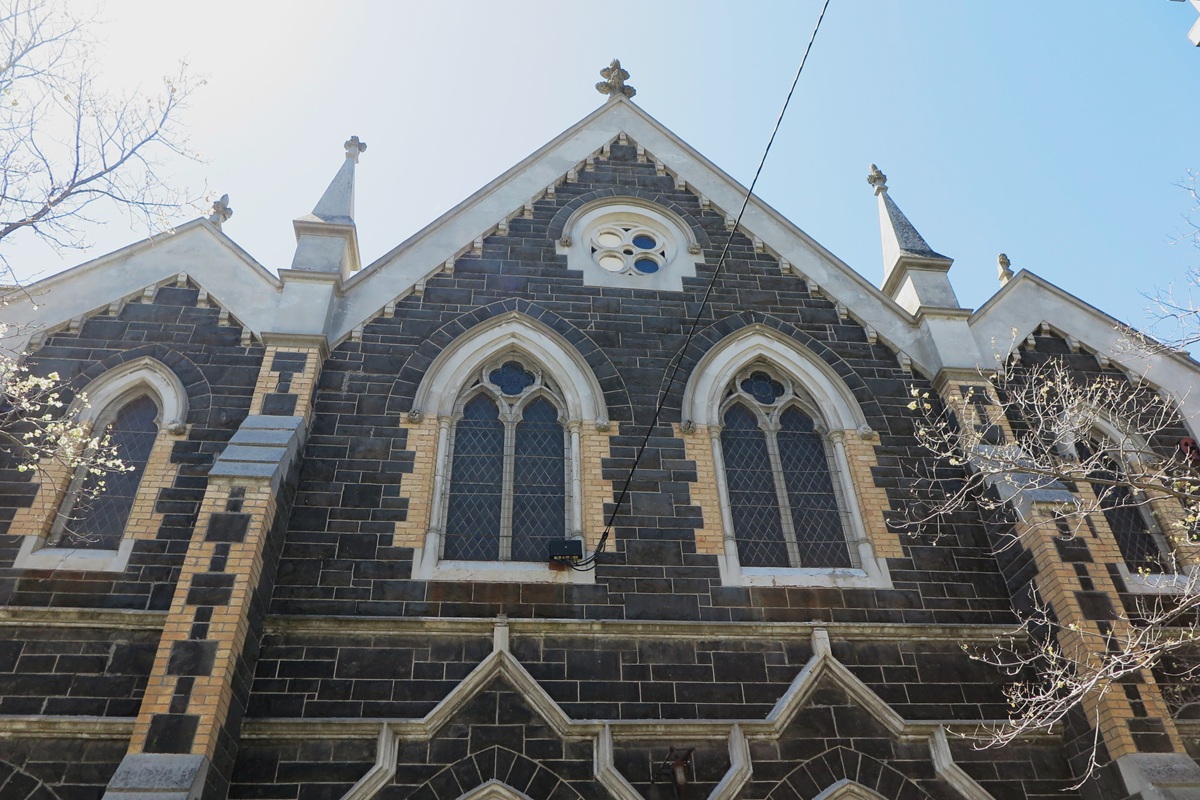

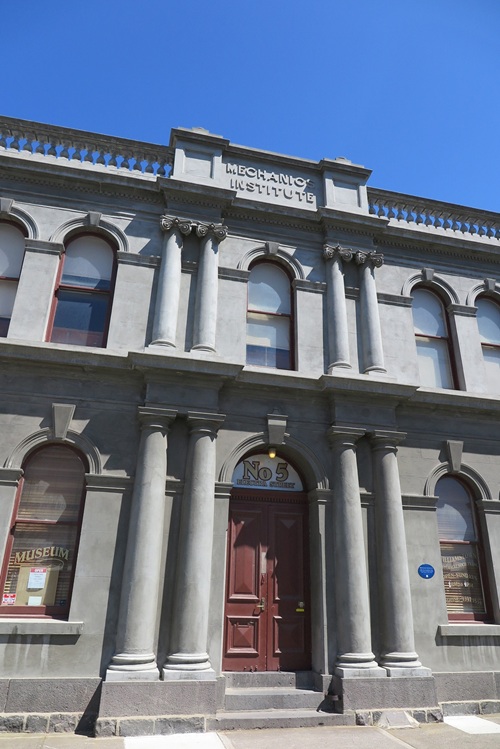

You will also see meticulously preserved Victorian style homes in Williamstown. Many of them have verandahs decorated with beautiful cast-iron lace.

Gem Pier

The Gem Pier is a historic was built in 1839 and was originally known as “The Jetty”, and throughout 1860’s and 1870’s it was known as “Steamboat Pier”. In the 1870’s it was renamed “Gem Pier” after a paddle steamer “Gem” that ran a ferry service to Port Melbourne. The pier was rebuilt in 1992 and is now the home for the museum ship HMAS Castlemaine. HMAS Castlemaine was commissioned in 1942 and operated in the waters of Australia, and New Guinea during World War II and remained in service until 1945. In 1973, Castlemaine was presented as a gift to Maritime Trust Australia and converted into a museum ship.
Point Gellibrand Heritage Precinct
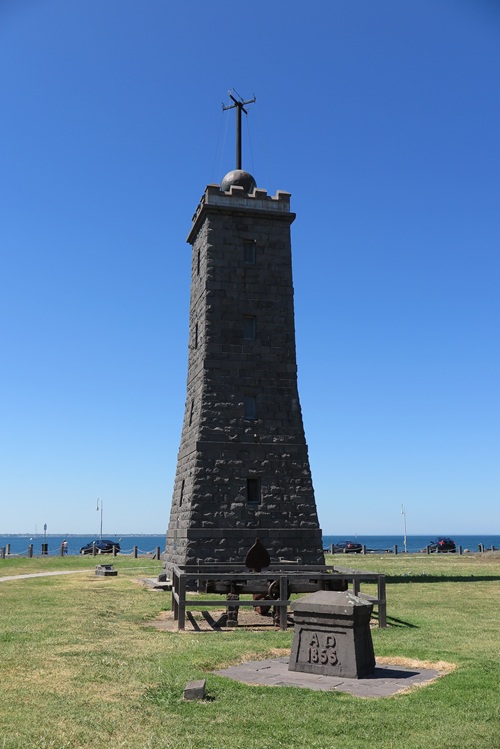
Point Gellibrand was one of Victoria’s first permanent settlements and port area and the landing place for the first white settlers. It was also the first burial ground and the location of the first telegraph station in 1854. A light house was first established at Point Gellibrand in 1840. In 1848 a new lighthouse was built and this is the bluestone section of the time-ball tower than remains today. In 1853 it was established as a time-ball tower and operated until 1926.
Historic Pubs
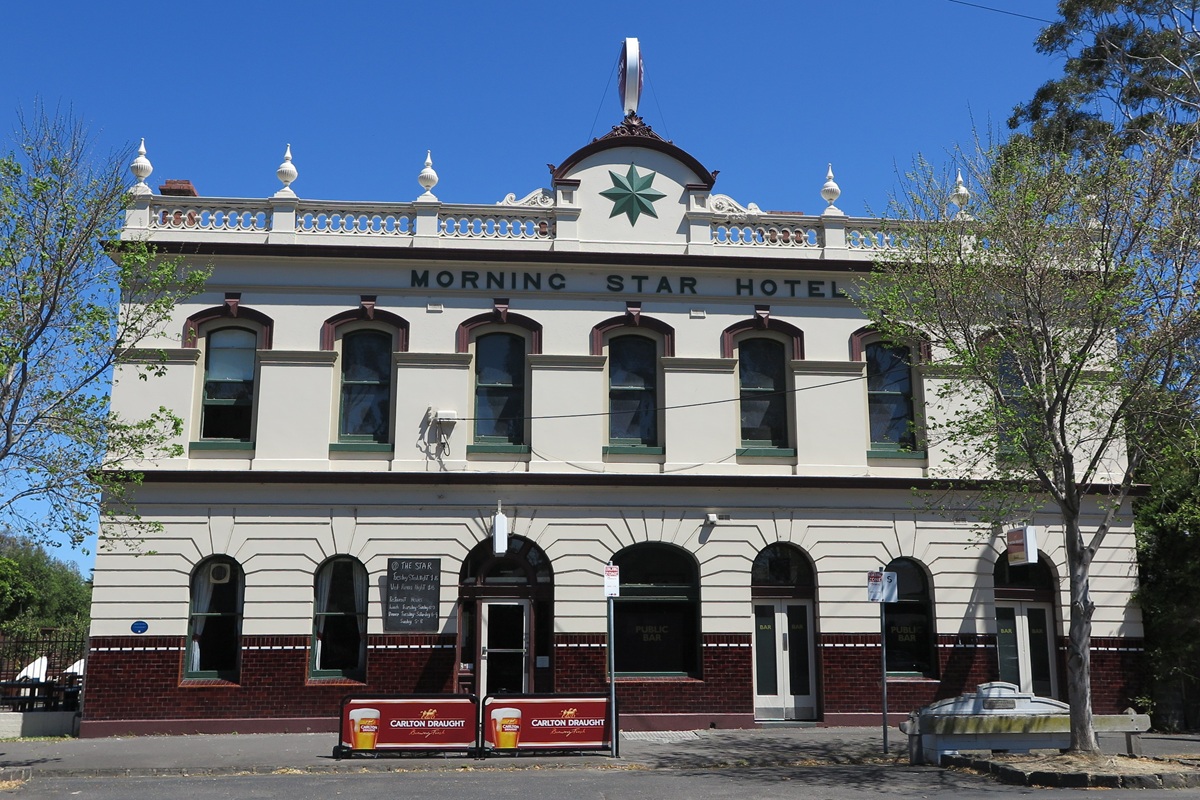
Williamstown was a major port and naval centre, and the point of disembarkation for many who went to the gold fields during the gold rush era. At one time Williamstown was described as having pub on every corner and at one stage there were as many as 40 although there are fewer now but may of the old one still exists and have retained their original character. Enjoy a casual drink, or classic Aussie pub meals at Williamstown’s historic pubs.
- Morning Star Hotel, 3 Electra Street → Featured in “Pub Vibe”
- Steam Packet Hotel, 13 Cole Street
- Stag’s Head Hotel, 39 Cecil Street
Williamstown Botanic Gardens

The Williamstown Botanic Gardens are one of Victoria’ first public gardens and is listed in the Victorian Heritage Register. It was opened in 1860 and just a 5-minutes walk from Williamstown Beach Railway Station.
Williamstown Beach

Located on the Hobson’s Bay Coastal Trail and just a short distance from the Botanical Gardens, Williamstown Beach offers a wide sandy beach with a popular seaside restaurant Sebastian, overlooking Port Phillip Bay. Williamstown Beach is just a 5-minutes walk from Williamstown Beach Railway Station.
Other Places to See

How to Get There
By Train
Take a Metro train (Williamstown Line) from Melbourne (Flinders Street Station or Southern Cross Station). The train stops at three stations, North Williamstown, Williamstown Beach and Williamstown. The Williamstown Station is the closest to the touristic area such as Nelson Place & Gem Pier, while the Williamstown Beach Station is the closer to Williamstown Beach and the Botanical Gardens.
By Boat
There are ferry services to Williamstown from Melbourne, St Kilda and Port Melbourne.
Williamstown Ferry departs from Melbourne (southgate), cruising Yarra River down to Williamstown and takes approx 1 hour to Williamstown. Check Williamstown Ferry website for timetable & tickets.
St Kilda Ferry departs from St Kilda or Port Melbourne, crossing Hobsons Bay to Williamstown, and takes approx 30 mins from St Kilda to Williamstown, or approx 20 mins from Port Melbourne to Williamstown. As it crosses the sea, the service could be weather dependent. Check St Kilda Ferry website for timetable & tickets.
Both Williamstown Ferry & St Kilda Ferry arrive at Gem Pier in Williamstown.
By Car
Take the M1 from Melbourne and cross over the Westgate bridge, then take Melbourne Road to Williamstown. Approx 12km from Melbourne CBD.

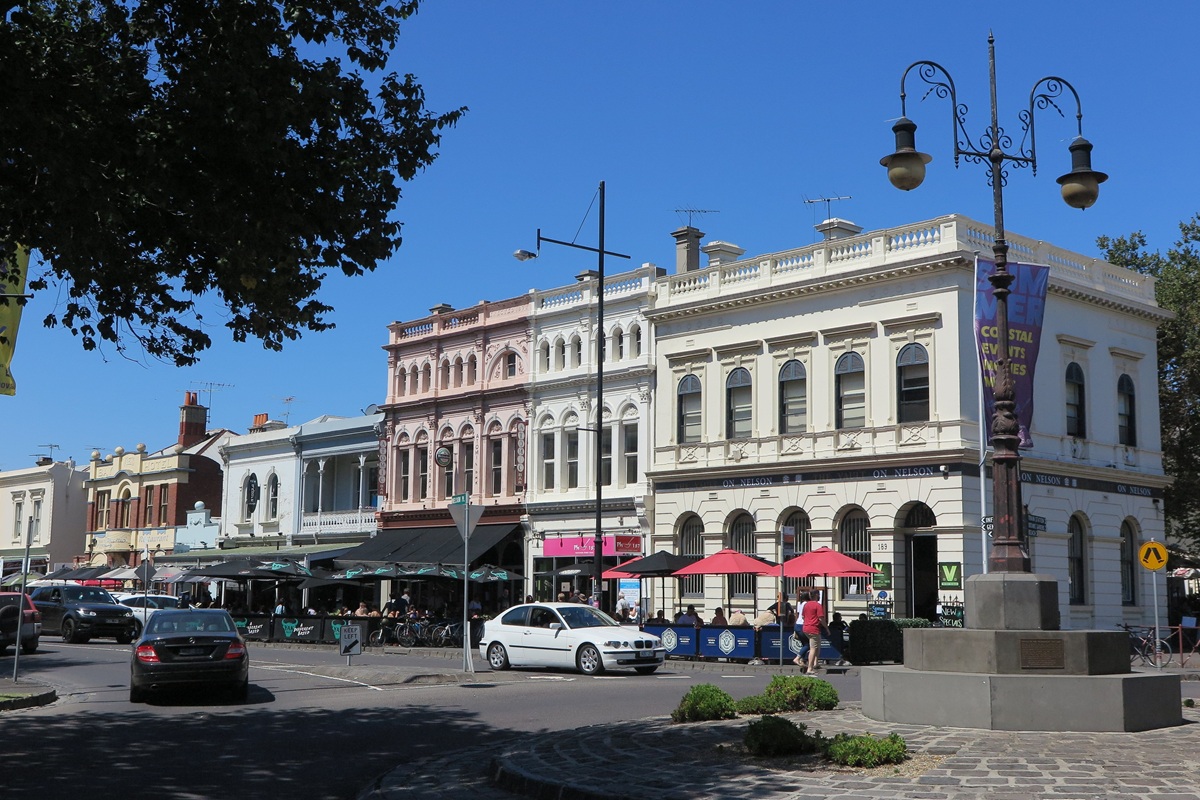
Comment